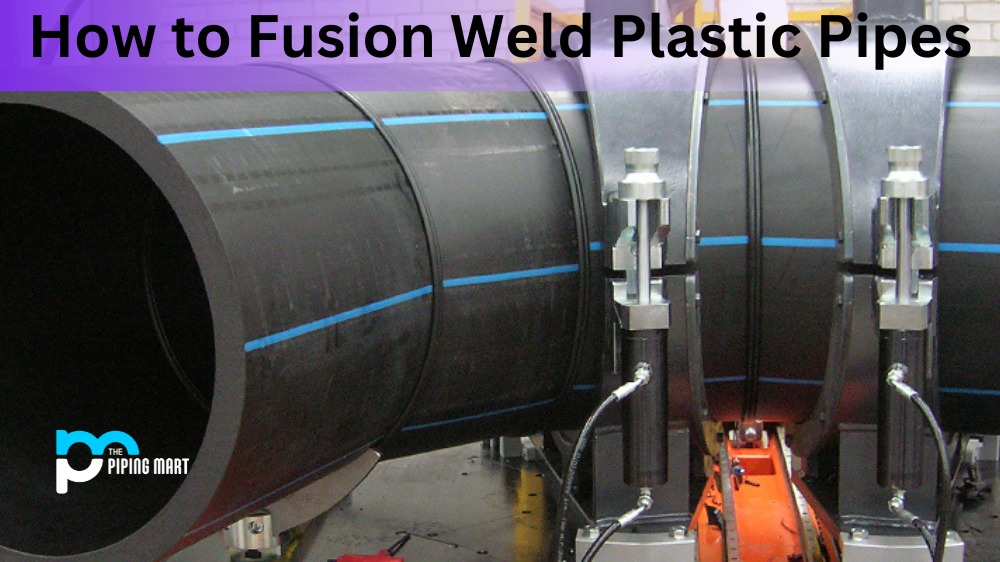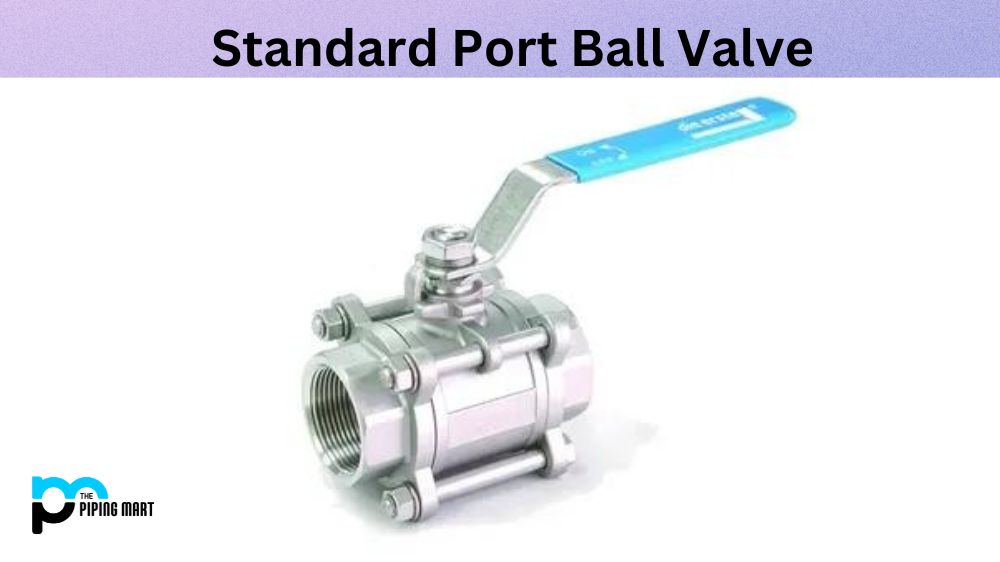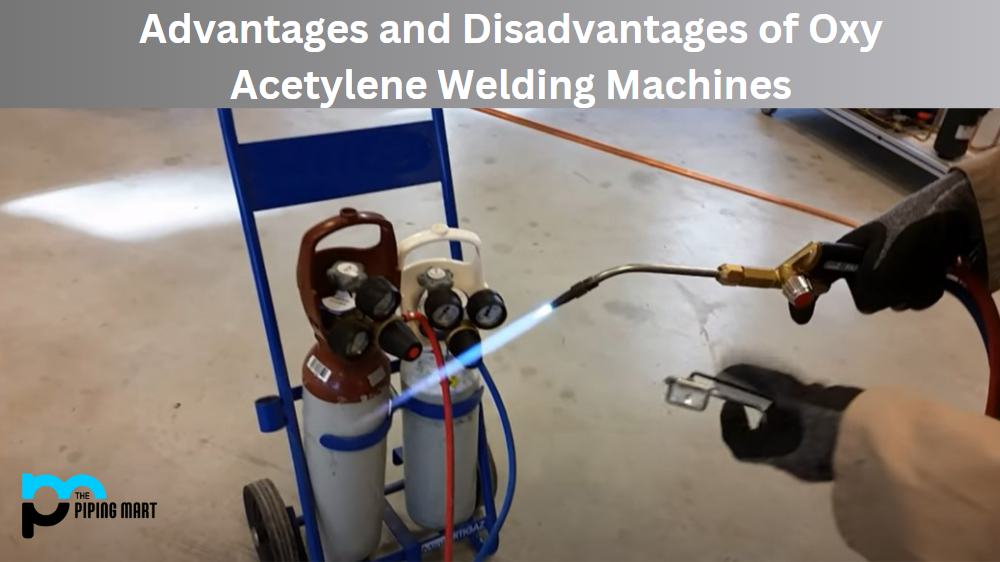If you’re looking for a reliable way to join two pieces of plastic piping, fusion welding is the answer. This method of welding involves fusing two pieces of plastic together using heat and pressure. Fusion welding has become increasingly popular in recent years due to its durability and ease of use. In this blog post, we’ll dive into the basics of fusion welding plastic pipes and discuss why it might be the right choice for your project.
What is Fusion Welding?
Fusion welding involves heating two pieces of plastic piping until they reach a molten state, then pressing them together so that they fuse together as one piece. This type of welding is used in many industries, from automotive to medical. It requires specialized equipment, including a hot plate or induction machine and specialized tools, such as clamps and tongs. The process can take anywhere from a few seconds to several minutes, depending on the size and material being welded.
Benefits of Fusion Welding Plastic Pipes
Fusion welding offers numerous advantages over other methods when joining plastic pipes. For starters, it creates a stronger bond than other methods, such as solvent-welding or mechanical fastening. Additionally, it creates an even distribution along the pipe’s circumference which helps prevent leaks and fractures down the line. Finally, fusion welding is relatively quick and easy to do with minimal skill required, making it ideal for novice welders or those working on smaller projects where time is of the essence.
Tips for Successful Fusion Welding
To get started with fusion welding plastic pipes, there are a few important things you need to keep in mind. First and foremost is safety; make sure all tools are in good condition before using them and that any flammable materials are kept away from the work area at all times. Additionally, ensure that your workspace is free from dirt or debris that could contaminate your welds during the process. Once your workspace is clean, properly measure both pipes before starting – this will save time down the line since you won’t have to cut one too short or re-weld if necessary! Finally, make sure both surfaces are completely clean prior to applying heat – any dirt or contaminants can cause faulty welds that won’t last long term!
Conclusion:
Fusion welding plastic pipes provides many benefits over traditional methods, including increased strength, even distribution along the pipe’s circumference, and faster completion times overall. However, it should not be taken lightly – proper preparation is key to success! Ensuring your workspace is clean, measuring your pipes accurately, and ensuring both surfaces are free from contaminants prior to application are all essential steps for successful fusion welding results each time you use this technique! With these tips in mind, you’ll be able to confidently tackle any plastic pipe fusion project with ease!

A passionate metal industry expert and blogger. With over 5 years of experience in the field, Palak brings a wealth of knowledge and insight to her writing. Whether discussing the latest trends in the metal industry or sharing tips, she is dedicated to helping others succeed in the metal industry.




